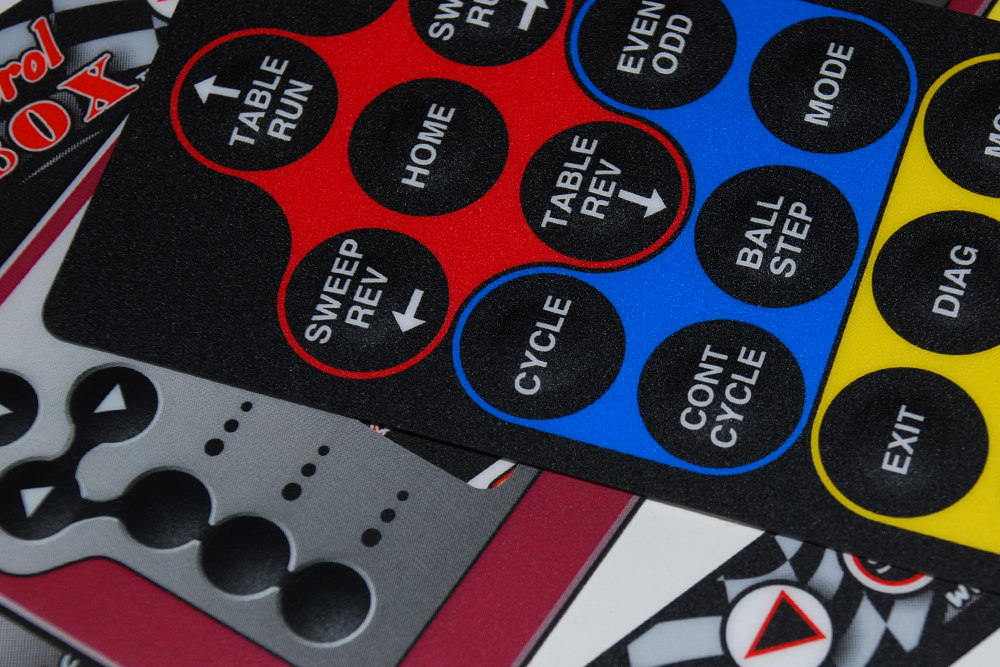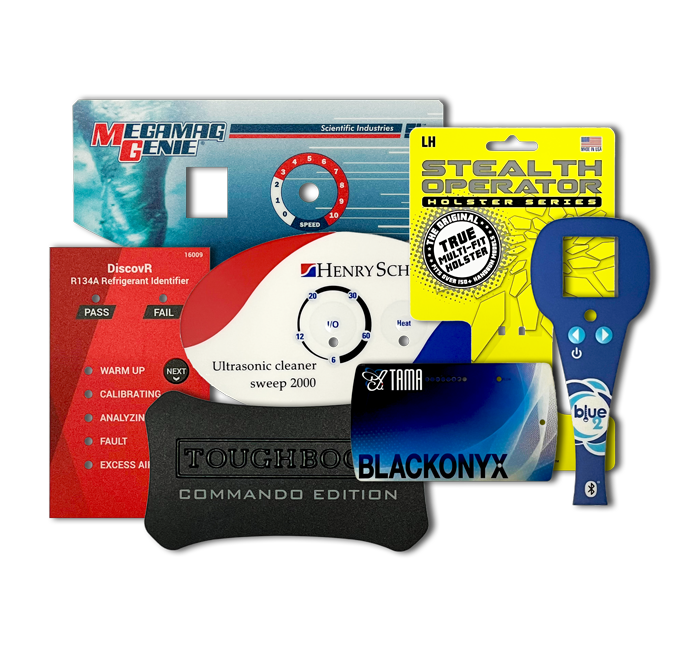Understanding Exactly How Graphic Overlays Work to Boost Your Innovative Jobs
Graphic overlays serve as an essential component in the world of innovative projects, boosting both visual interaction and audience interaction. The successful assimilation of these overlays needs mindful factor to consider of design principles and objectives.
What Are Graphic Overlays?
Graphic overlays are aesthetic aspects that are put on top of a base image or interface to boost communication and user experience. They serve different purposes, consisting of supplying added details, leading customer communication, and boosting aesthetic appeal. Usual applications of visuals overlays can be found in electronic user interfaces, advertising and marketing, and educational materials.

Graphic overlays are commonly produced using layout software application, allowing designers to control openness, dimension, and shade to achieve the preferred effect. Comprehending exactly how to effectively apply visuals overlays is crucial for developers aiming to boost their imaginative tasks.

Advantages of Using Graphic Overlays
Using graphic overlays can considerably boost the performance of visual communication throughout various mediums. Among the primary advantages is the capacity to share complicated details succinctly. By layering graphics, message, and photos, overlays promote the discussion of information in a more absorbable format, making it less complicated for target markets to grasp vital ideas swiftly.
Moreover, graphic overlays can improve visual allure, drawing interest to details components within a design. This is specifically advantageous in marketing and advertising, where catching the visitor's rate of interest is vital. The strategic usage of colors, forms, and typography in overlays can develop a interesting and cohesive aesthetic narrative, enhancing brand name acknowledgment.
In addition, graphic overlays give versatility in design. They allow creators to adapt content for different platforms without starting from scratch, ensuring consistency across various networks. This versatility is essential in today's digital landscape, where material needs to be enhanced for diverse gadgets and formats.
Sorts Of Graphic Overlays
When considering the various kinds of graphic overlays, it is essential to recognize their varied applications across different industries. Graphic overlays can be classified primarily right into three types: functional, attractive, and informative.
Practical overlays are designed to boost the usability of a product. Commonly located in digital devices, these overlays often supply tactile feedback via elevated buttons or distinctive surface areas, improving individual interaction. They can additionally work as a protective layer, guarding the underlying components from damage.
Ornamental overlays concentrate on aesthetic improvement, allowing brands to reveal their identity through vivid designs and custom-made graphics. These overlays prevail in packaging, marketing, and point-of-sale materials, where visual allure is crucial for bring in consumers.
Informative overlays, on the other hand, are made use of to convey vital information or directions. They can be seen in applications such as signs, individual manuals, and educational graphics, where clearness and readability are extremely important.
Each kind of visuals overlay serves a distinct function, adding to the overall efficiency of innovative tasks while resolving specific requirements within different industries. Understanding these differences is crucial for selecting the right overlay for your job.
Best Practices for Execution
To make sure the effective implementation of graphic overlays, it is essential to establish a clear understanding of the job's goals and the details demands of the end-users. Begin by performing comprehensive research study to identify the target market and their preferences, as this will notify style selections and capability.
Next, develop an in-depth strategy that details the overlay's design, combination, and purpose process. This plan must include interface considerations, making certain that overlays improve as opposed to obstruct the user experience - Graphic Overlays. Take into consideration the visual power structure and maintain consistency in style aspects, such as color schemes, icons, and font styles, to promote brand coherence
Examining is vital; gather feedback from a depictive example of users to try this web-site determine prospective problems and locations for enhancement. Iterate on the style based on individual input and efficiency data. In addition, ensure compatibility throughout numerous gadgets and systems to make best use of access.
Devices for Creating Overlays
Developing efficient graphic overlays requires the right devices to convert design principles right into practical applications. Different software and systems are offered, each tailored to details demands and ability levels.
Adobe Photoshop and Illustrator are market criteria, supplying considerable abilities for producing and controling overlays. These devices supply advanced attributes such as layer pop over to this site monitoring, blending settings, and vector graphics, allowing developers to produce complex and premium overlays.
For those looking for an extra straightforward approach, Canva and Figma are excellent alternatives (Graphic Overlays). Canva's instinctive user interface enables individuals to produce overlays quickly utilizing pre-designed Home Page templates, while Figma helps with collaborative design in real-time, making it ideal for teams
Furthermore, open-source alternatives like GIMP and Inkscape supply durable capabilities without the linked prices of exclusive software program. These tools permit flexibility in design and can accommodate various data styles, making sure compatibility across different platforms.

Conclusion
Finally, visuals overlays act as powerful tools for improving imaginative projects by giving visual quality, aesthetic charm, and brand name consistency. Their varied applications, varying from useful to ornamental, highlight their flexibility in communication. Complying with best techniques and using proper tools guarantees efficient application and optimizes the influence of overlays. By understanding the fundamental principles and benefits associated with graphic overlays, makers can dramatically improve the top quality and effectiveness of their aesthetic interactions.
Graphic overlays serve as an essential element in the world of innovative jobs, improving both visual communication and target market interaction.Graphic overlays are typically developed making use of design software application, permitting developers to adjust size, transparency, and shade to accomplish the wanted effect.Additionally, visuals overlays can enhance visual appeal, drawing focus to specific elements within a layout.Furthermore, visuals overlays give flexibility in design.In final thought, graphic overlays offer as powerful devices for improving creative tasks by supplying aesthetic clearness, aesthetic appeal, and brand consistency.